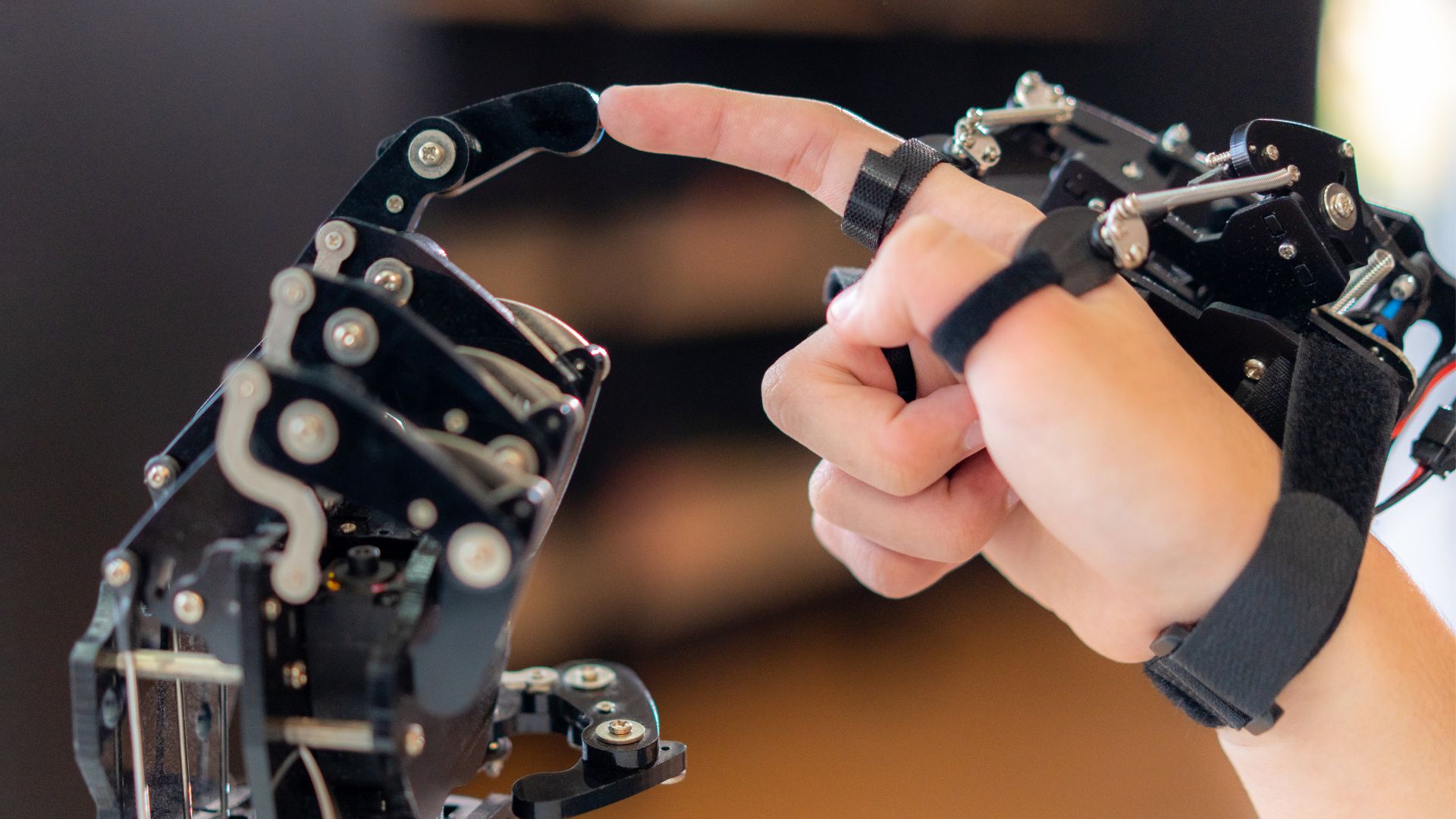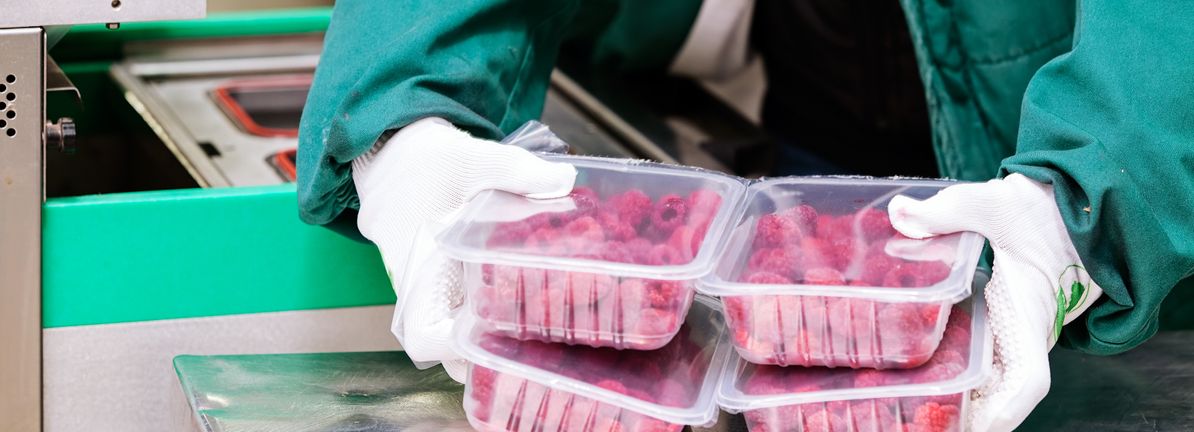A 16-year-old student from Bristol has built an anthropomorphic robotic hand entirely from Lego parts, and it performs almost as well as professional research models.
Called the Educational SoftHand-A, created by Jared K. Lepora from Bristol Grammar School with guidance from his father, Dr Nathan F. Lepora of the University of Bristol, mimics the natural motion of the human hand using just off-the-shelf LEGO MINDSTORMS components.
Their open-access study, published on arXiv under a CC BY 4.0 license, demonstrates how the design can grasp, flex, and adapt to different shapes, all powered by two small Lego motors.
The project is a playful spin on a serious lineage of robotics research. It’s based on the Pisa/IIT SoftHand, a world-leading soft-robotics design that uses a single tendon system to synchronize finger motion.
Advanced robot hand made entirely from Lego
The Leporas adapted this concept for education, replacing 3D-printed parts and metal bearings with standard Lego beams, rods, gears, and over 100 plastic bearings. The result is a four-fingered, tendon-driven hand that can open and close using antagonistic tendon pairs (one set to flex and another to extend) controlled by a simple programmable brick.
Despite its toy-based origins, the Lego SoftHand achieves remarkable results. Bench tests show it can grip with around 90 percent of the force of a professional 3D-printed SoftHand, and complete open–close cycles in roughly one second.
Its fingers automatically adapt around objects of different shapes, from balls to cups, thanks to a soft-synergy mechanism implemented with Lego clutch gears that distribute motion evenly between fingers.
The design is entirely reproducible using household tools and parts from educational robotics kits, making it one of the most accessible demonstrations of soft-robotic principles to date.
“Our goal was to show that advanced concepts in robotics can be taught using everyday materials,” said Dr. Lepora. “By building these systems themselves, students can literally get a feel for how adaptive grasping works.,” he added.
The open-source files and build instructions are available through the project site, www.lepora.com/EduSoftHand-A, so that other schools can replicate or expand on the design. The authors hope it will inspire more children to explore mechanical design, coding, and the biomechanics behind human movement.
A very clever design
The Educational SoftHand-A isn’t just a clever build, it’s a bridge between research-grade robotics and the next generation of engineers. With the Mindstorms line being discontinued, the project also serves as a fitting tribute to one of the most influential educational tools of the past three decades.
“Learning about robotic hands through building them with our own hands seems a particularly apt way to engage with this technology,” the paper concludes.
As Lego prepares to wind down its Mindstorms line, projects like this stand as a reminder of how deeply the platform has shaped young inventors. A teenager’s curiosity, a box of plastic bricks, and a scientist’s mentorship have together delivered something remarkable: a hand built for learning that might just reshape how we think about robots.
You can view the study fort yourself in the journal arXiv.
First Appeared on
Source link













